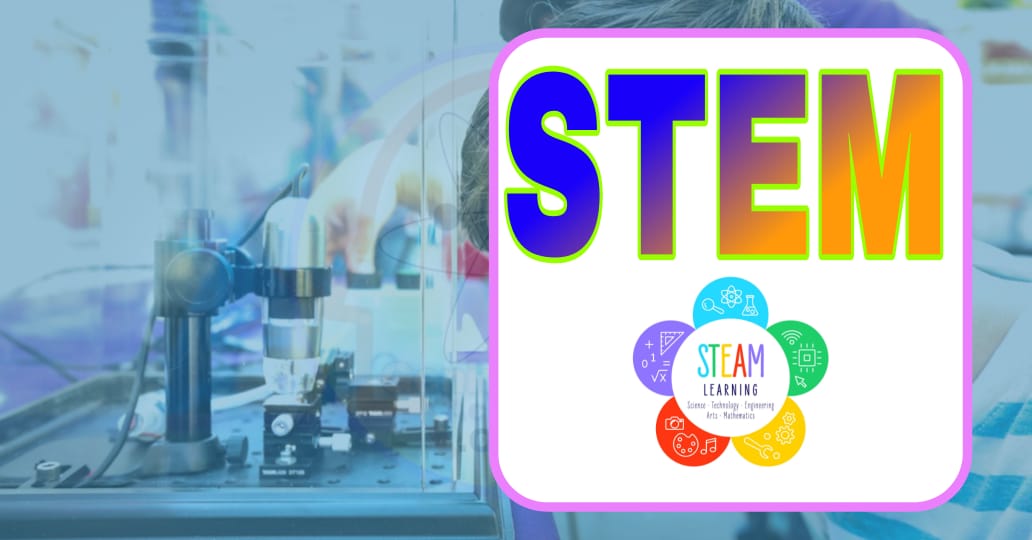
Context
India’s higher education system is facing a significant challenge: a substantial number of graduates lack the essential skills needed by the industry. This skill gap underscores a critical deficiency in preparing students to meet industry demands, particularly in STEM (Science, Technology, Engineering, and Mathematics) fields, which are central to driving innovation and addressing complex problems.
Understanding STEM Research
STEM research focuses on advancing knowledge and innovations in Science, Technology, Engineering, and Mathematics. It is vital for solving complex global challenges, fostering innovation, and contributing significantly to scientific progress and economic development. Despite its importance, the state of STEM research in India faces numerous hurdles that limit its potential impact.
Challenges in STEM Research in India
1. Skill Gap Among Graduates
- Many graduates from India’s higher education institutions are ill-equipped with industry-relevant skills, making it difficult for businesses to find skilled talent. This deficiency impedes economic progress and innovation.
2. Faculty Shortages
- Indian teaching institutions face severe shortages of qualified faculty. With rising enrollment and insufficient faculty recruitment, the quality of education is adversely affected, impacting students’ readiness for research and industry roles.
3. Emphasis on Rankings Over Quality
- A strong focus on achieving higher research output to improve institutional rankings often leads faculty to prioritize quantity over quality. This undermines teaching quality and shifts resources away from enhancing pedagogy.
4. Predatory Research Outlets
- The existence of predatory journals and conferences diverts researchers towards low-quality publications, diminishing the credibility of Indian research outputs. This trend also wastes valuable resources that could otherwise be used for genuine, impactful research.
Steps Required for Improvement
To address these challenges, India must focus on systemic changes in how education and research are prioritized and supported:—
1. Separate Ranking Systems
- Institutions should be ranked differently based on their primary focus. Teaching institutions should be evaluated for teaching quality, while research output should only be a major metric for institutions focused on research.
2. Enhanced Focus on Pedagogy
- Teaching institutions must emphasize effective pedagogy. Faculty should initially focus more on improving educational methods and teaching practices, which will, in turn, benefit future research outcomes.
3. Faculty Development Programs
- Continuous professional development and mentorship programs are necessary for faculty. This includes providing updated, innovative courses (both online and offline) to keep teaching methods relevant and effective.
4. Collaboration with Research Institutions
- Encouraging joint efforts between teaching and research institutions can lead to shared best practices, enhancing teaching quality and bridging the gap between academia and research.
5. Dedicated Teaching Track
- Creating a career track focused solely on teaching within academic institutions can incentivize faculty to prioritize pedagogy. Such a system would allow career progression based on teaching excellence rather than research output alone.
Steps Taken by the Indian Government
The Indian government has introduced several initiatives aimed at strengthening STEM research and bridging the skill gap in higher education.
1. National Education Policy (NEP)
- The NEP focuses on promoting quality education and bridging the skill gap. It encourages an equitable balance between teaching and research, aiming for holistic improvement across the education system.
2. Anusandhan National Research Foundation (ANRF)
- ANRF supports research initiatives, fostering collaborations between institutions to elevate research and teaching standards, ultimately creating a robust ecosystem for STEM advancements.
3. Impacting Research Innovation & Technology (IMPRINT)
- This initiative addresses critical engineering challenges, focusing on translating scientific knowledge into viable technological solutions across ten key technology domains.
4. Establishment of Research Parks
- Research parks at institutions like IIT Delhi, IIT Guwahati, IIT Kharagpur, IIT Kanpur, and IIT Chennai facilitate collaboration between industry and academia. These parks provide an interface for entrepreneurship and R&D, enabling students and faculty to work with industry partners on innovative solutions.
Concluding Remarks
The revitalization of India’s higher education system, particularly in STEM fields, is essential for producing a highly skilled and innovative talent pool. By focusing on pedagogical excellence, establishing dedicated teaching tracks, and fostering strong collaborations between teaching and research institutions, India can build a robust educational ecosystem. This approach ensures that high-quality teaching and impactful research go hand-in-hand, driving the nation’s scientific and economic progress.

